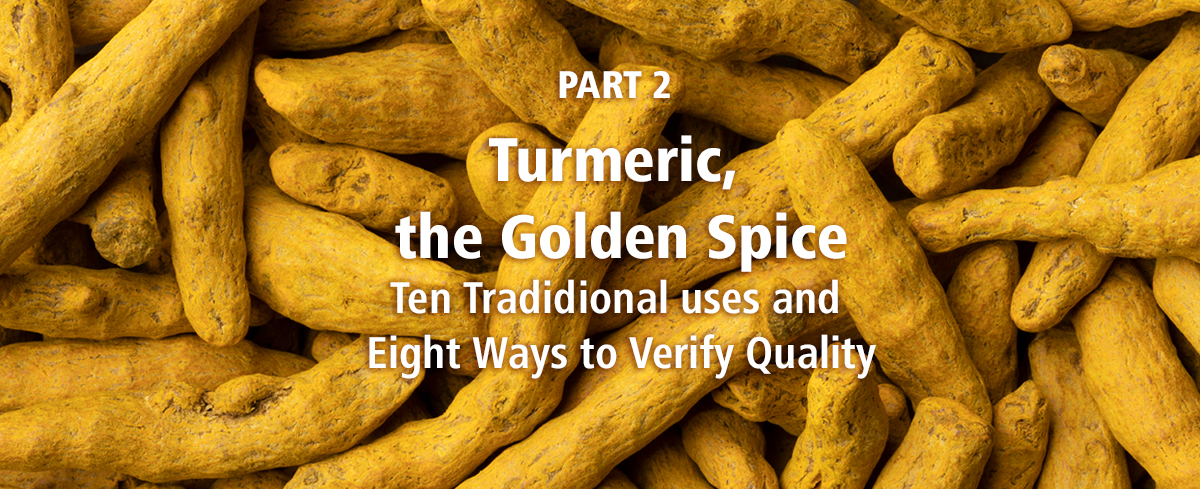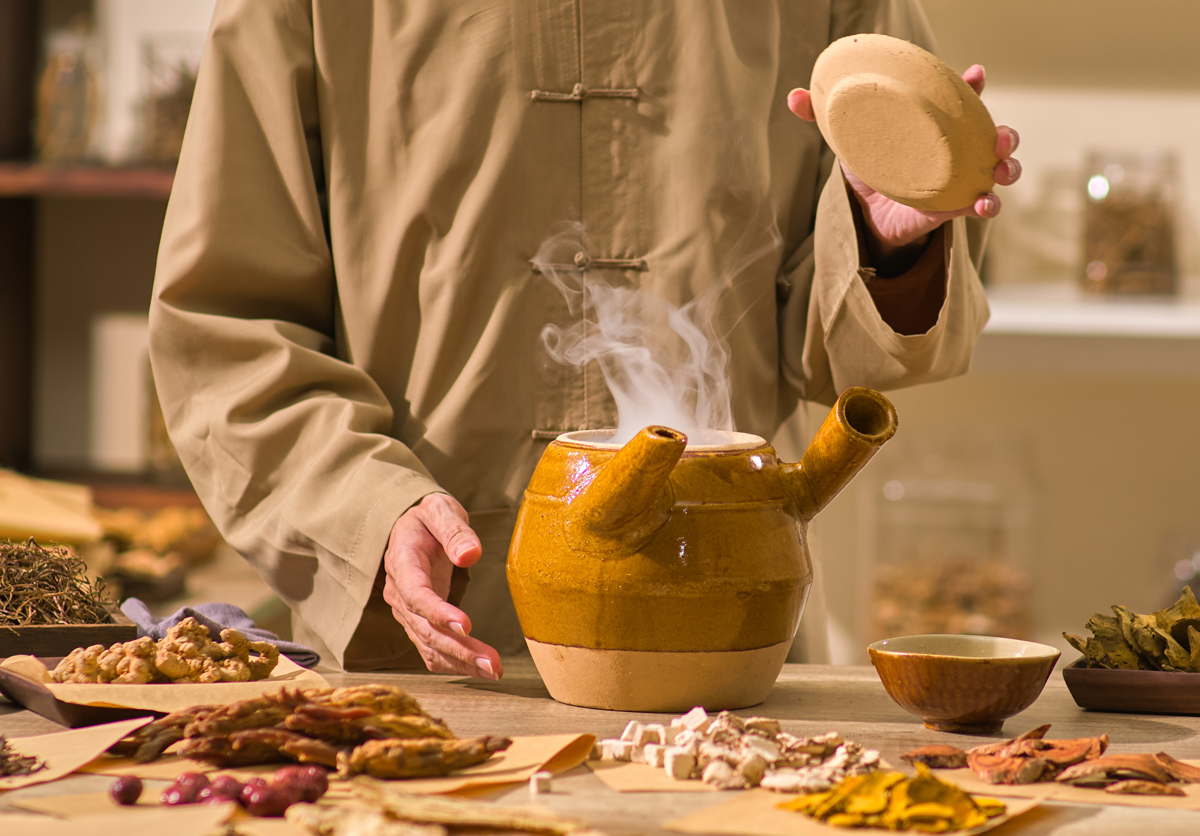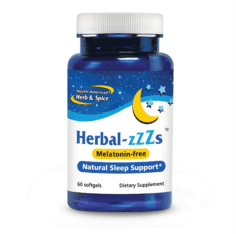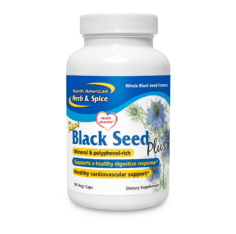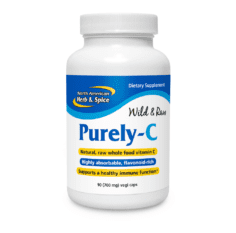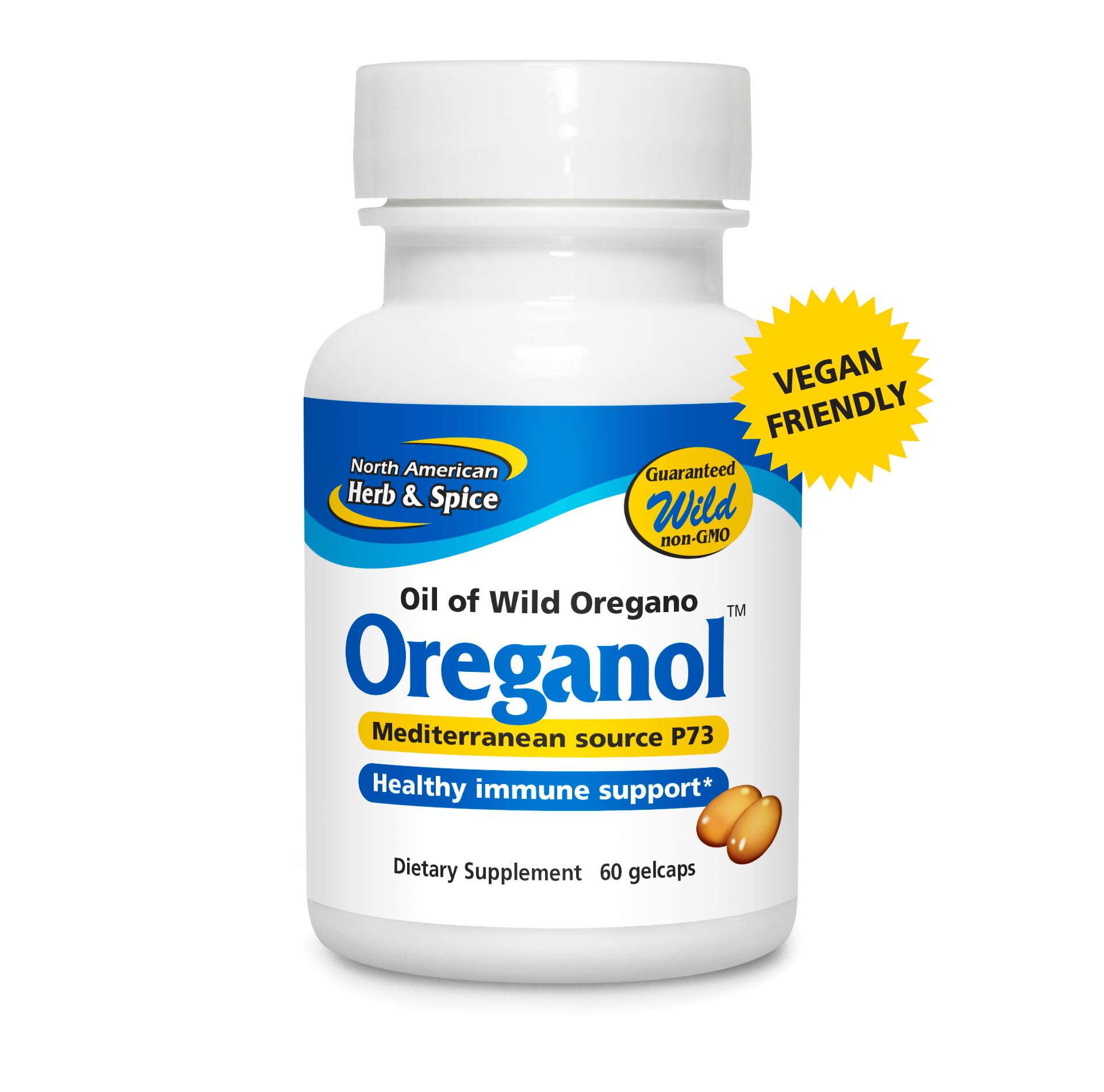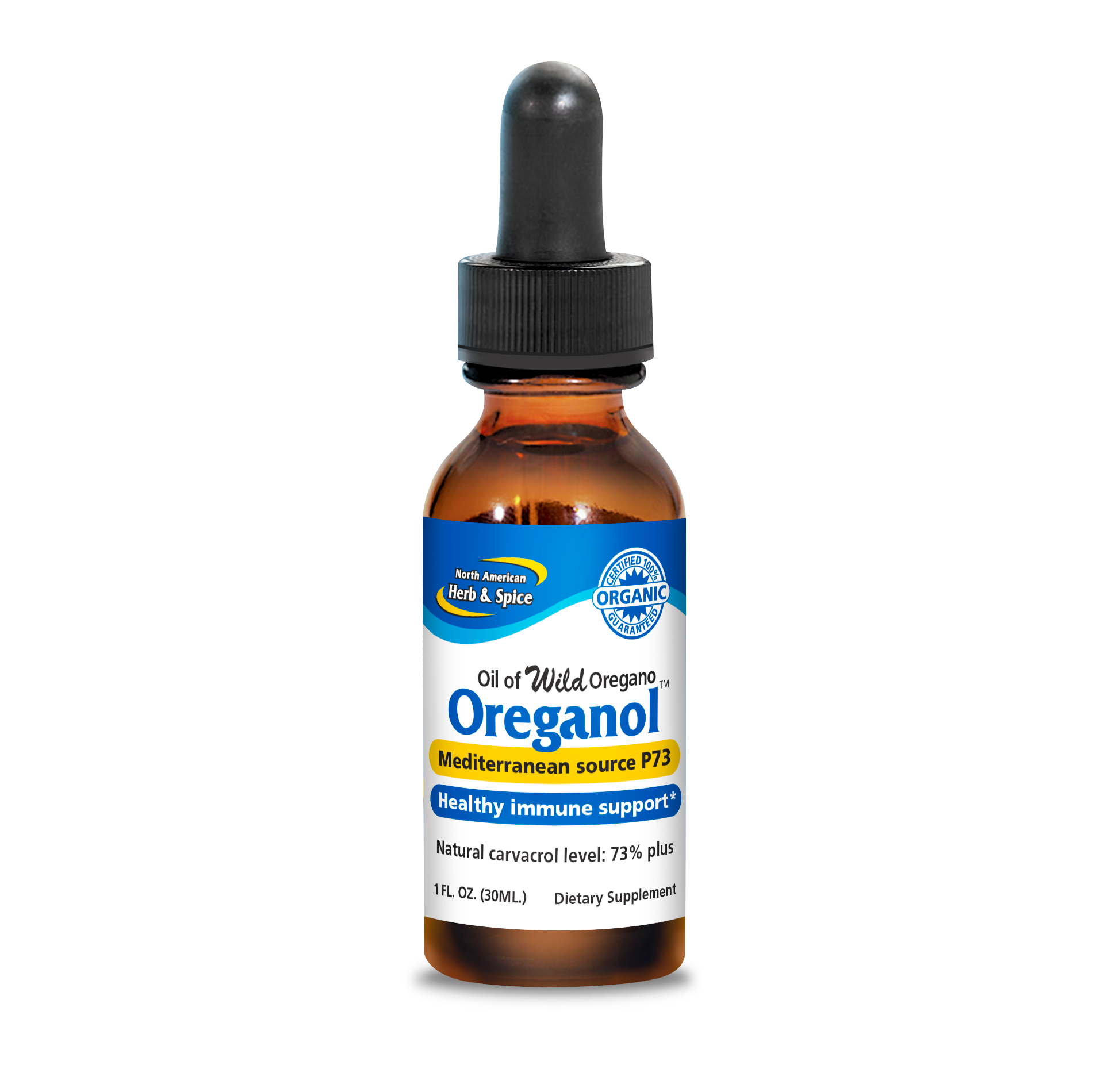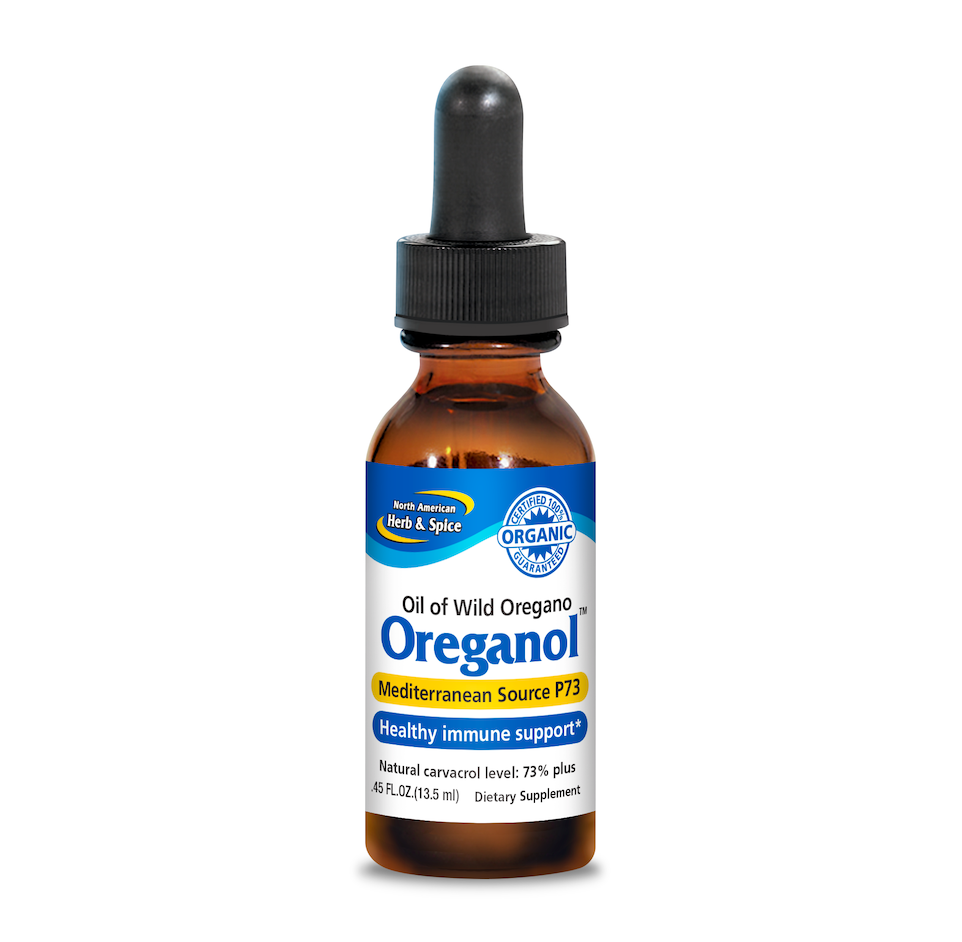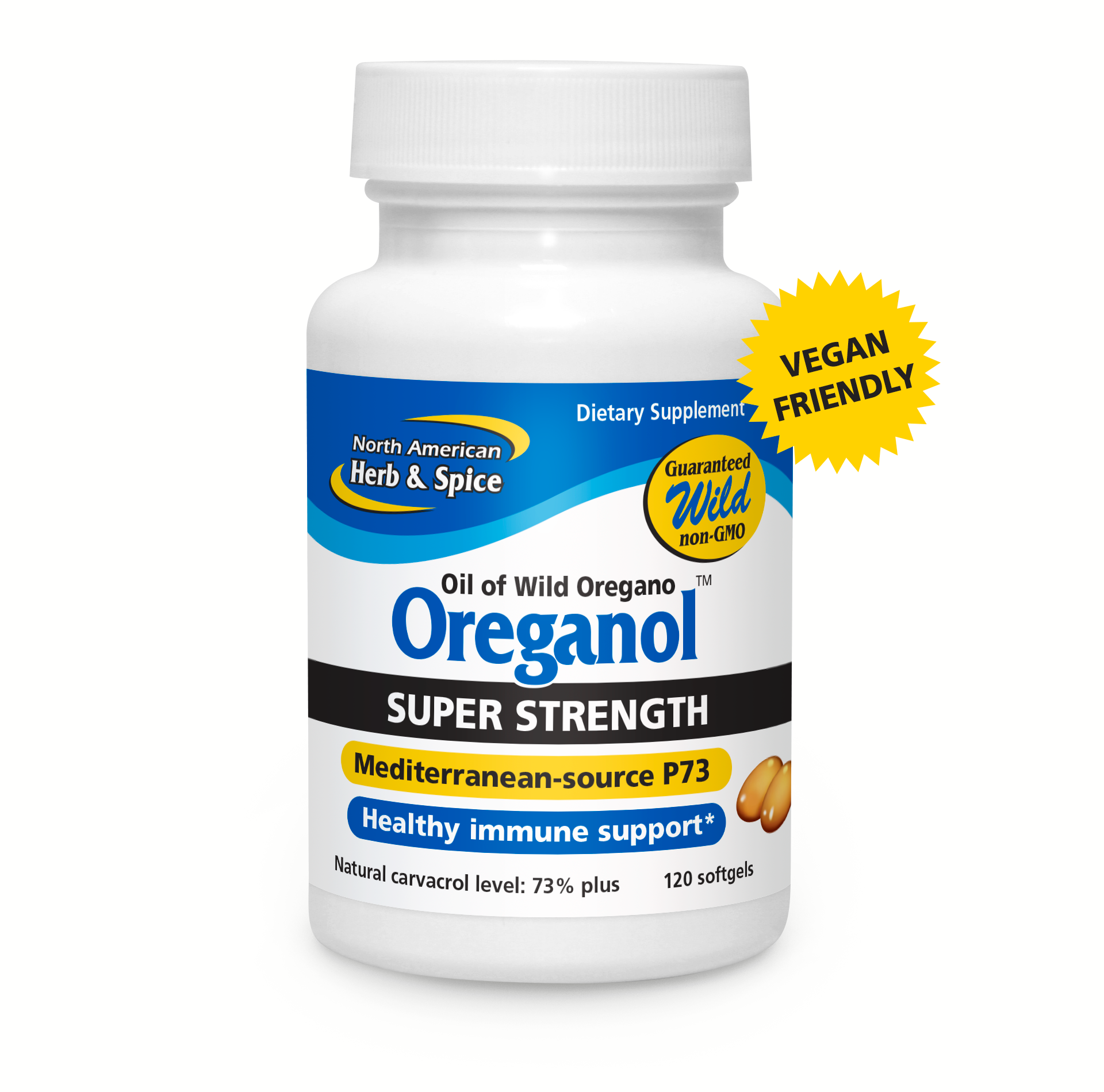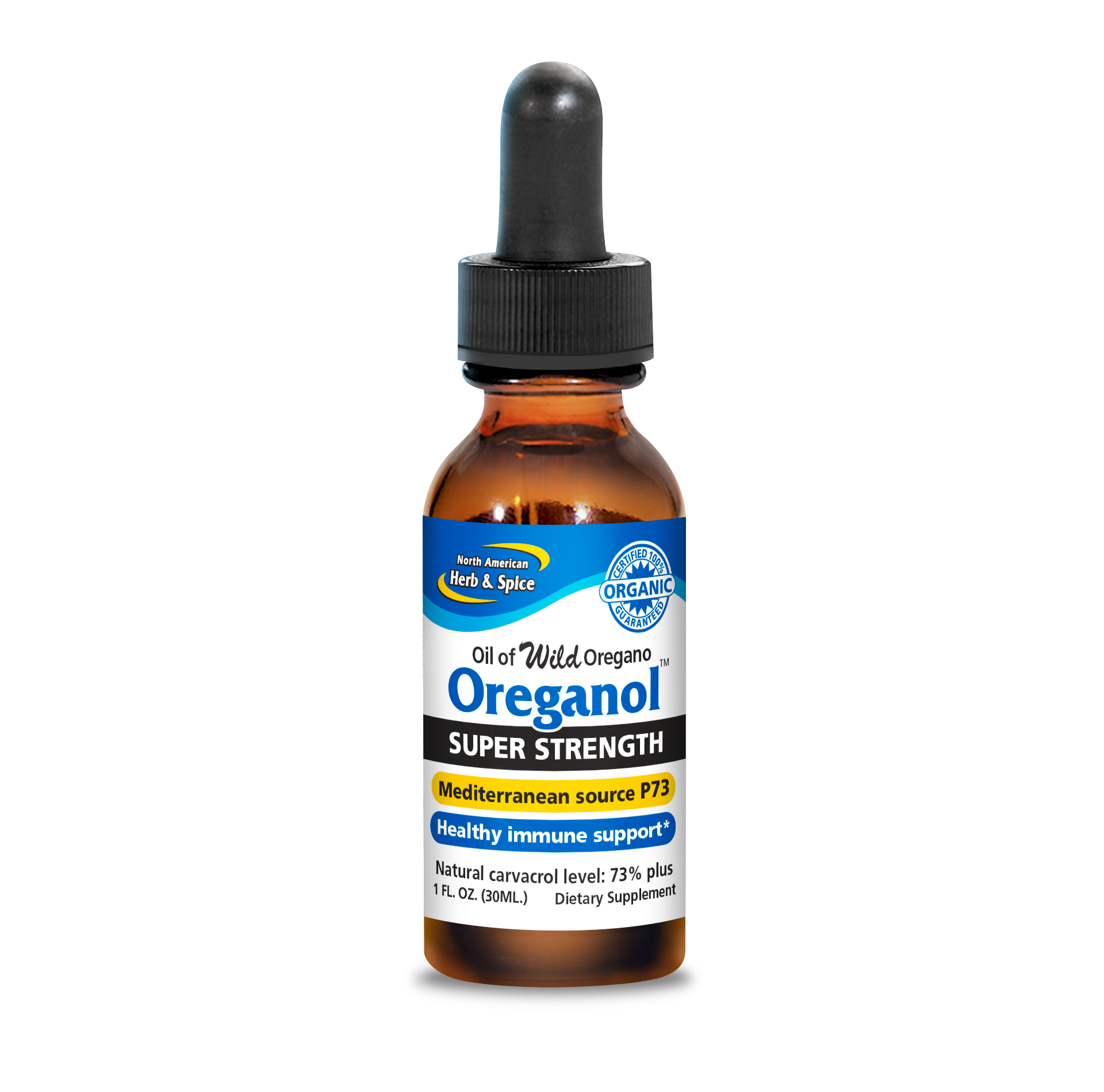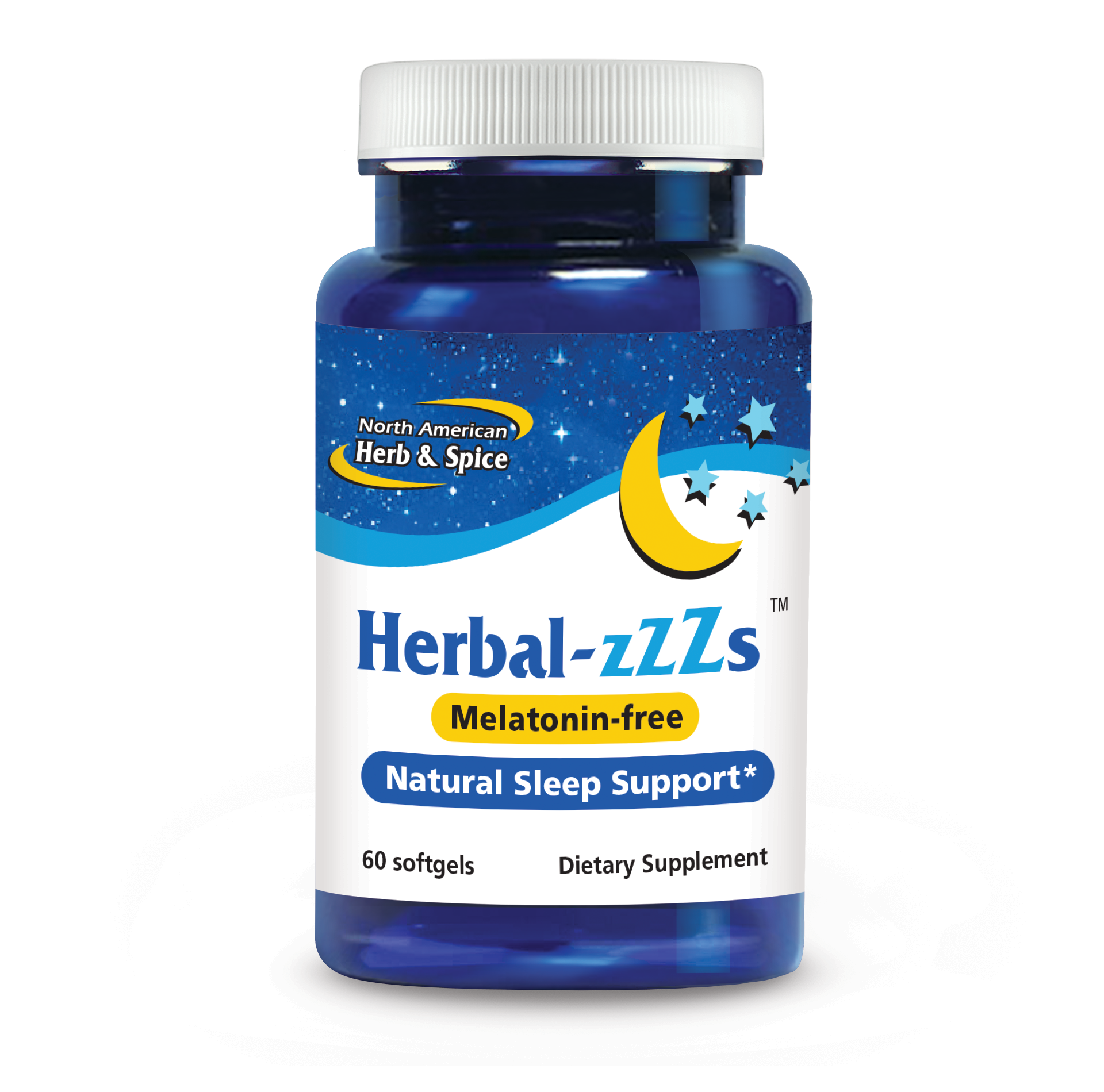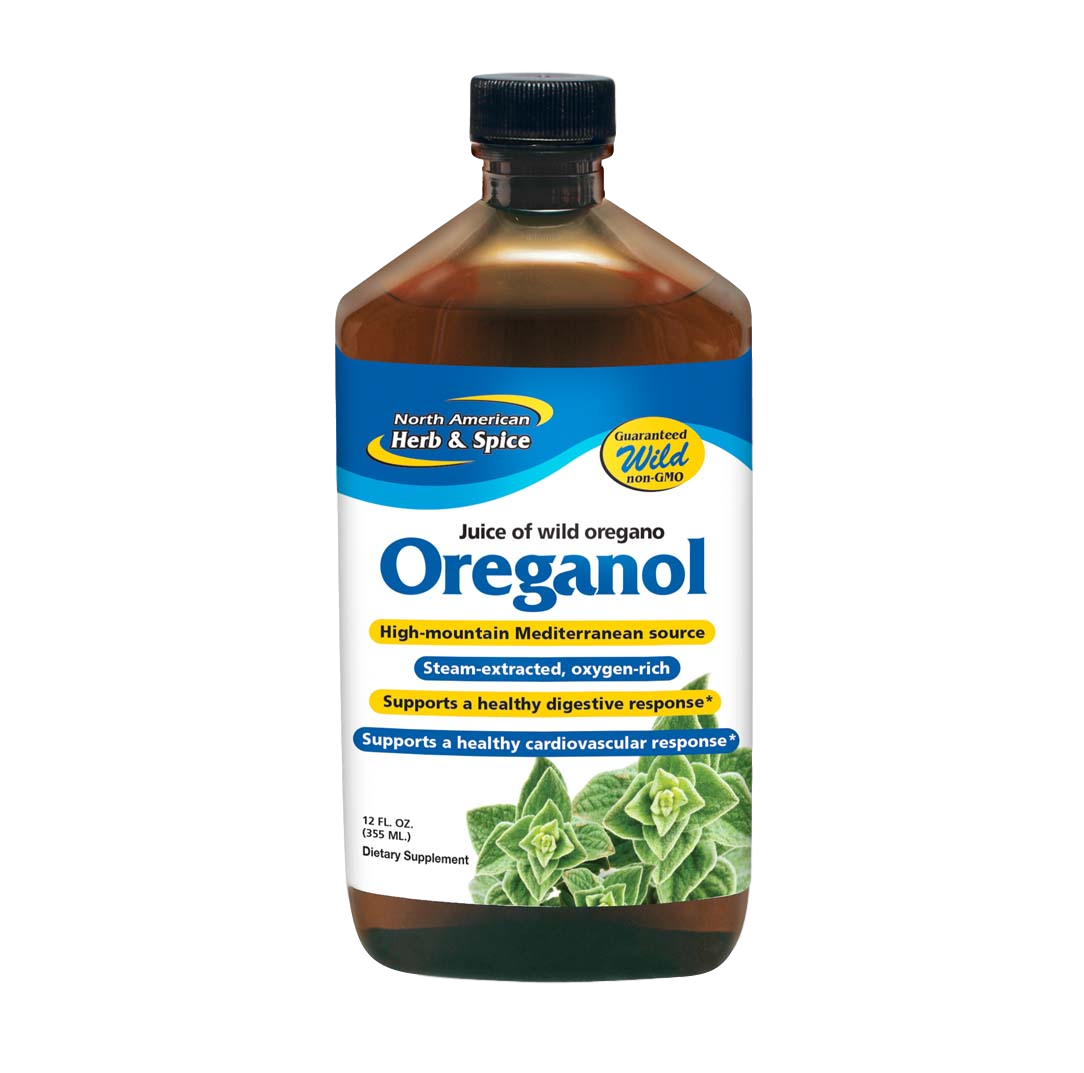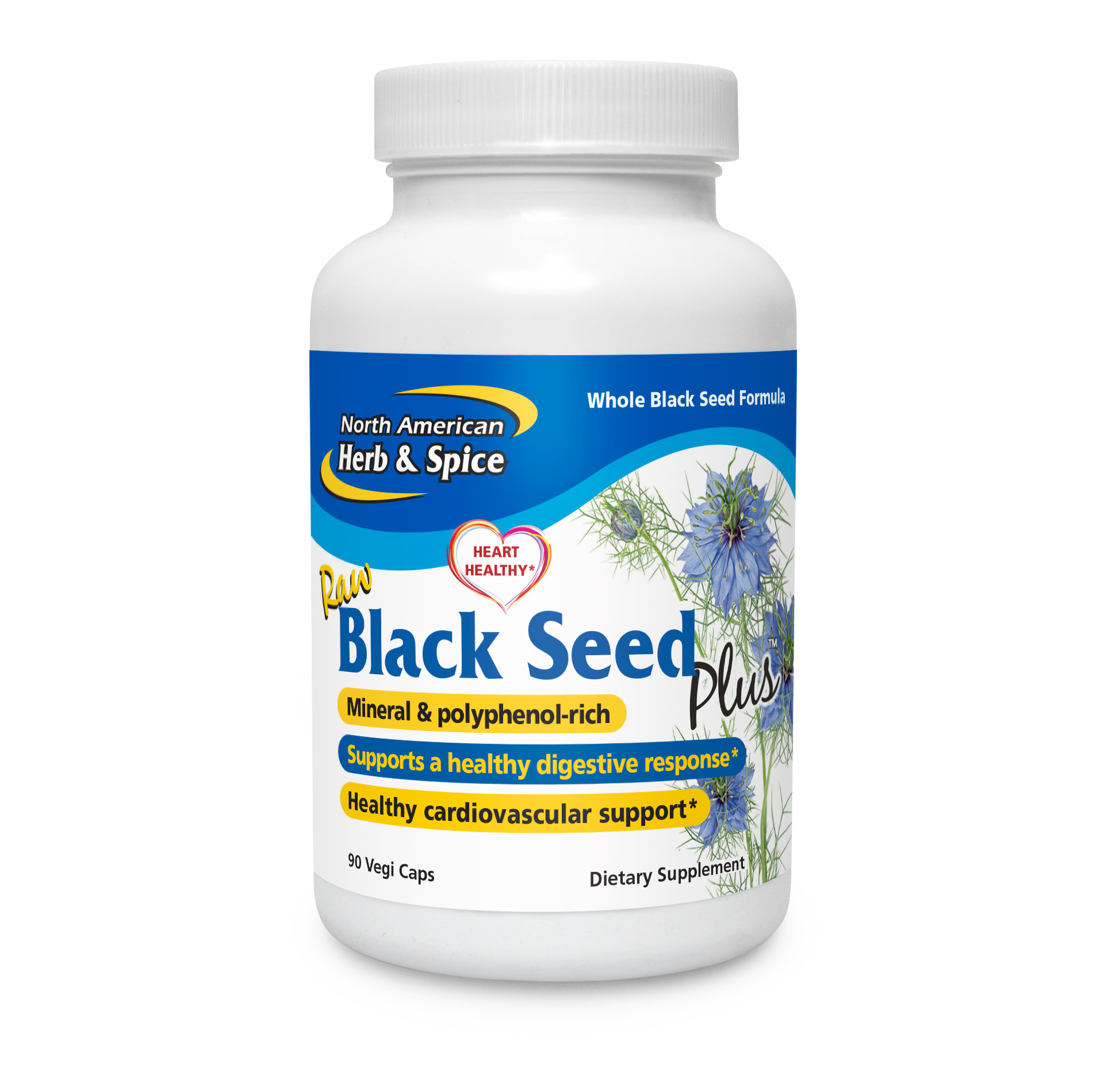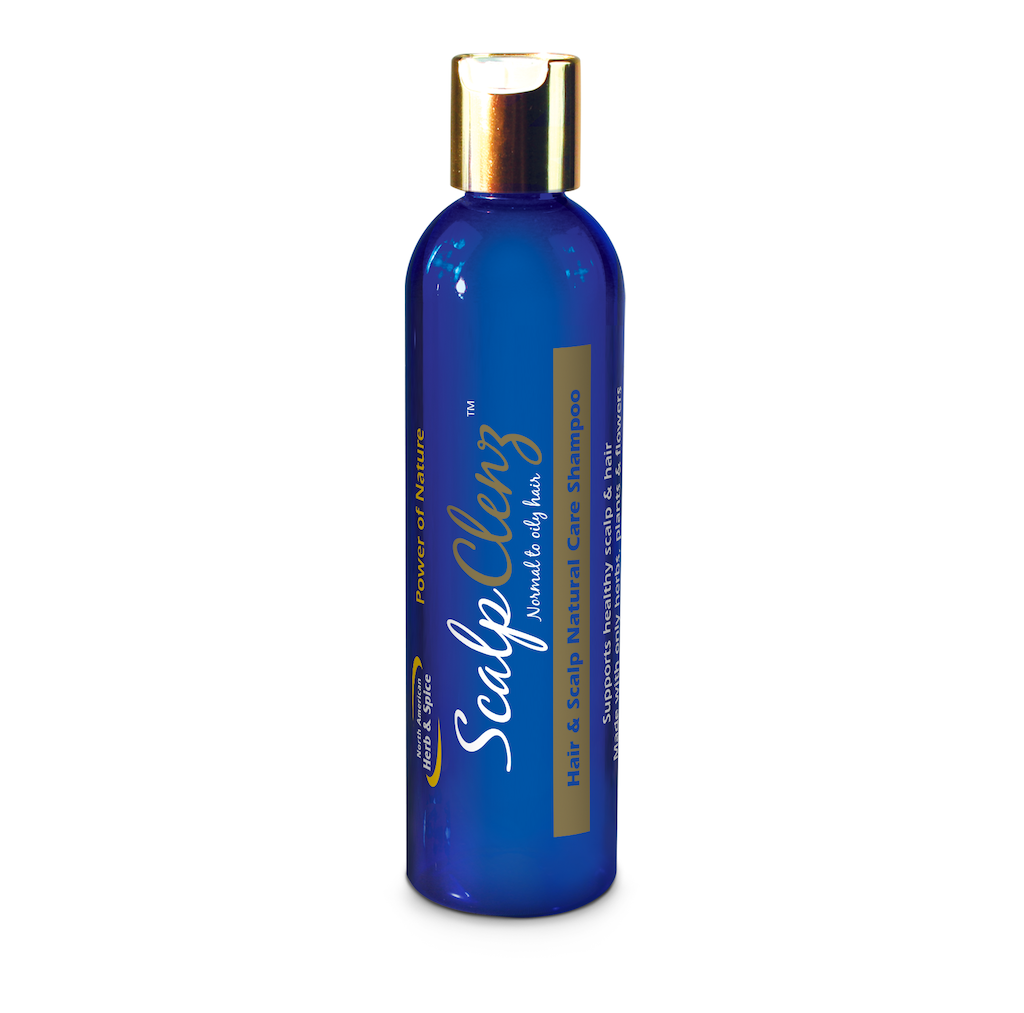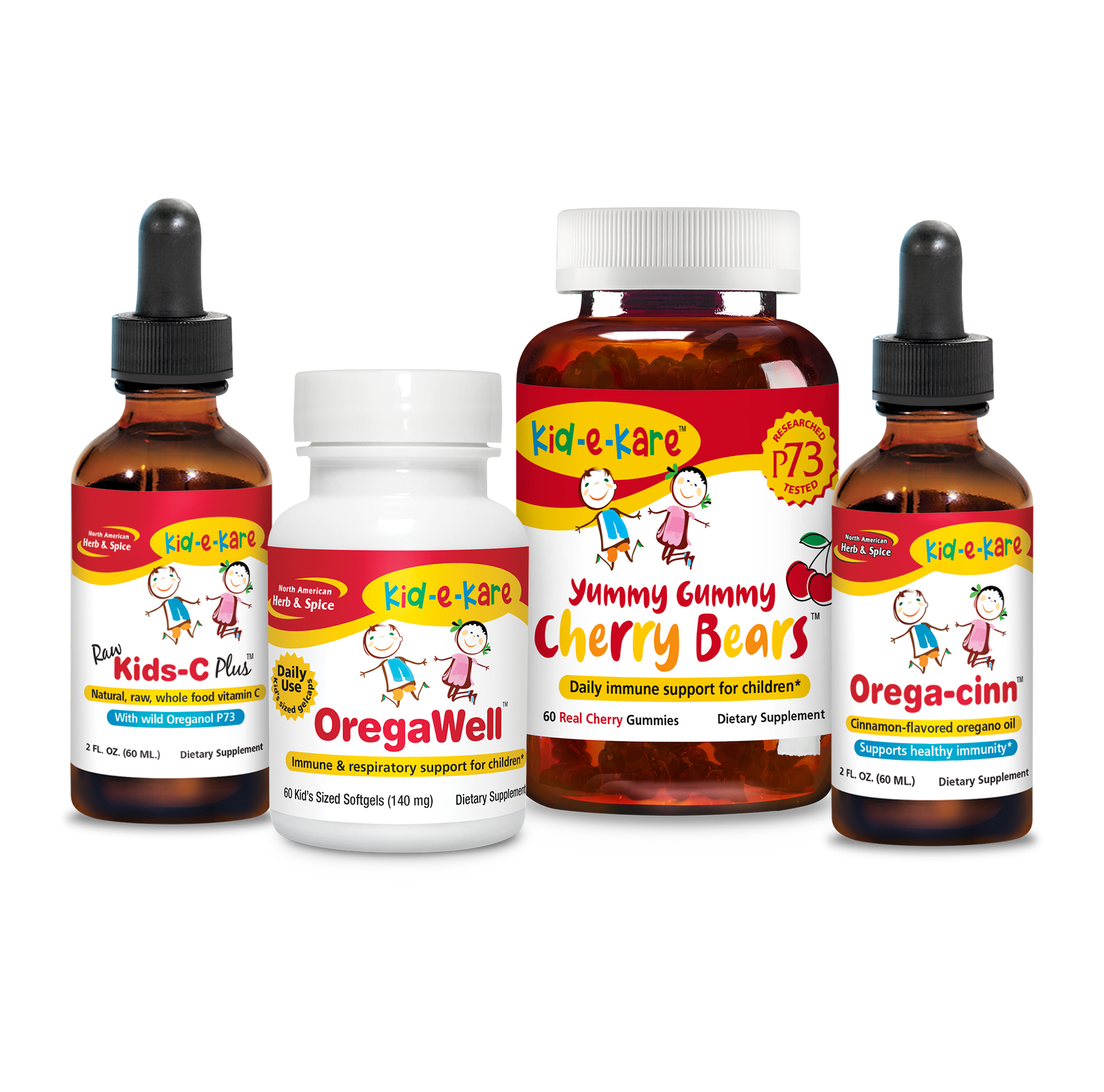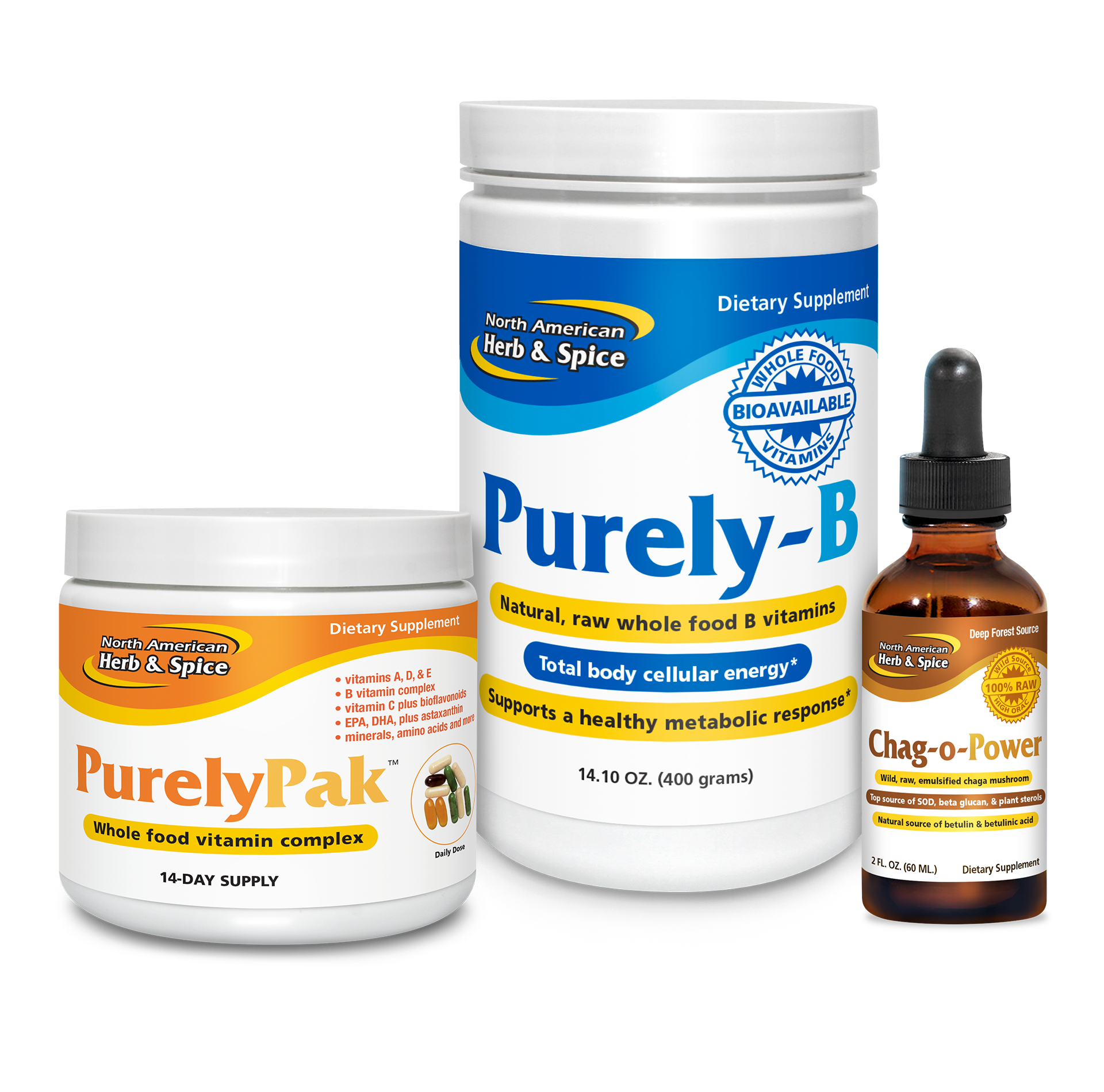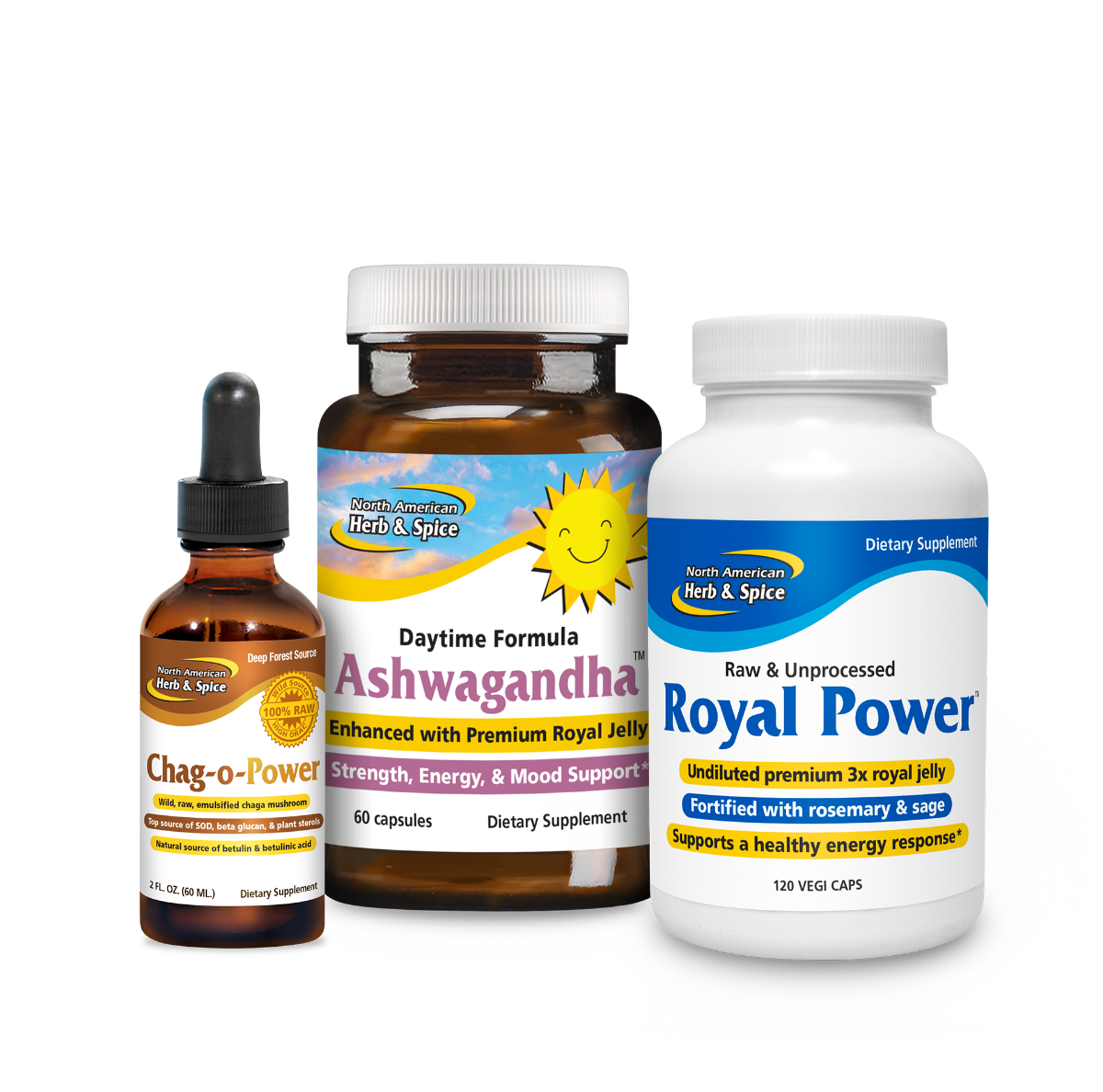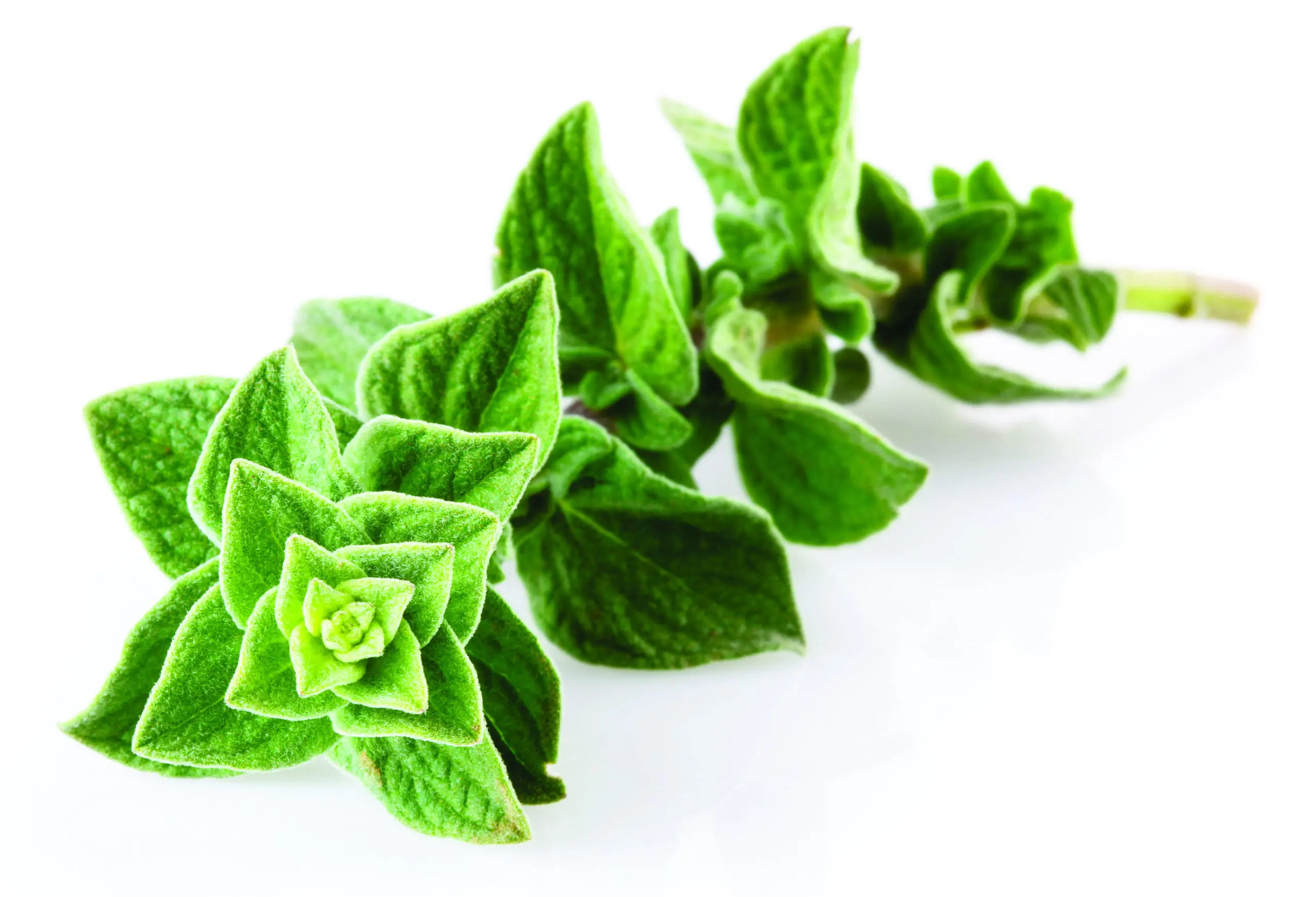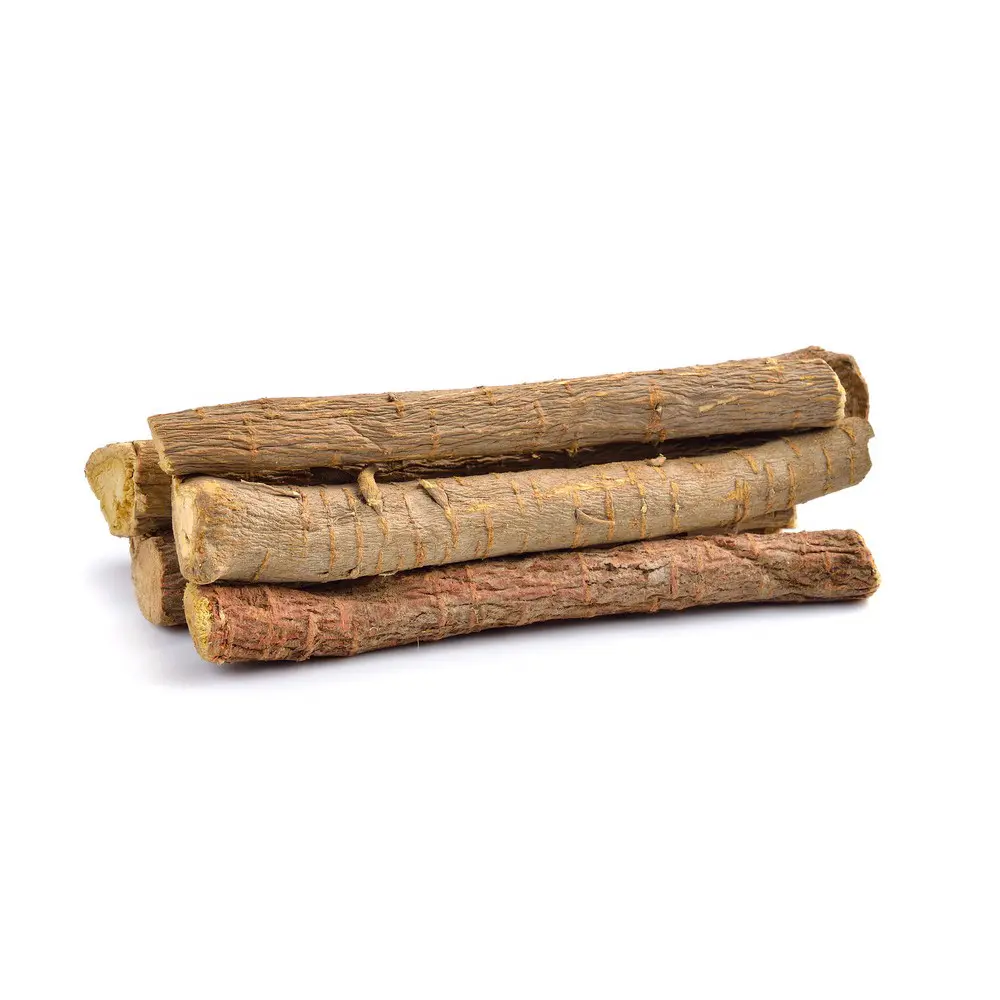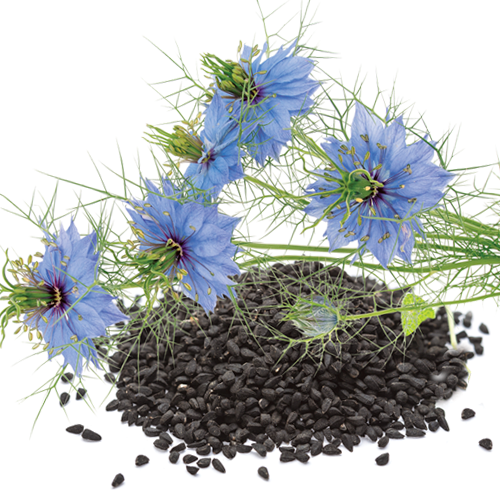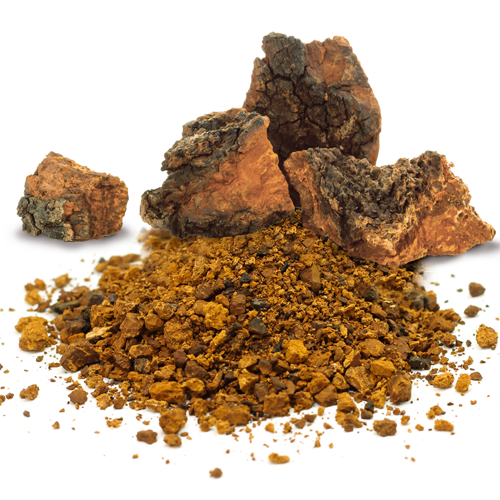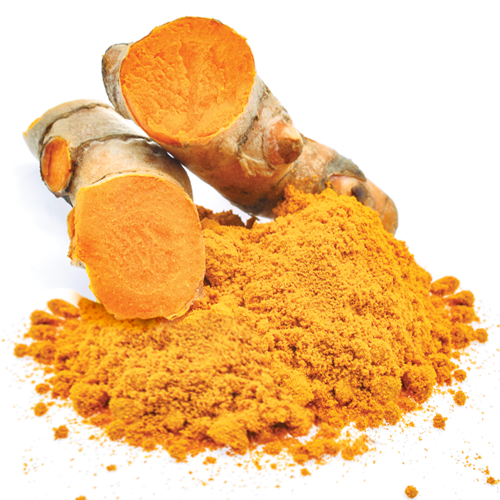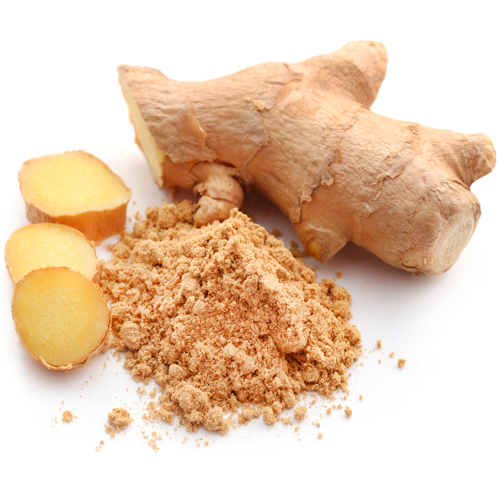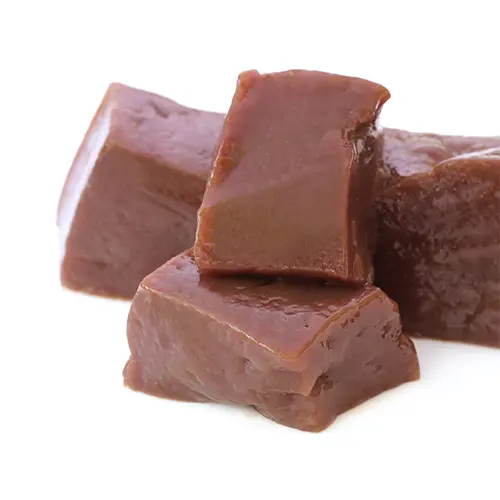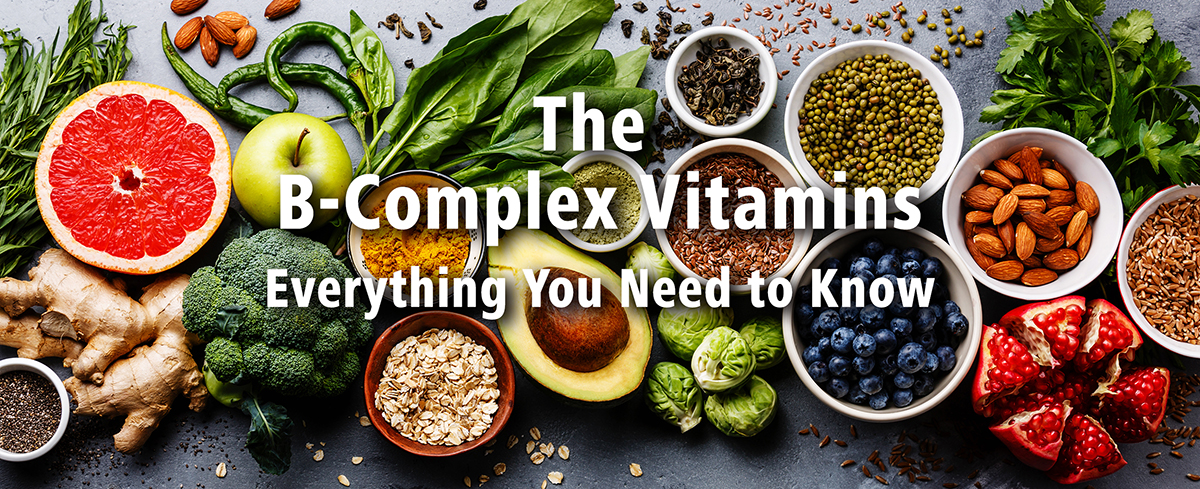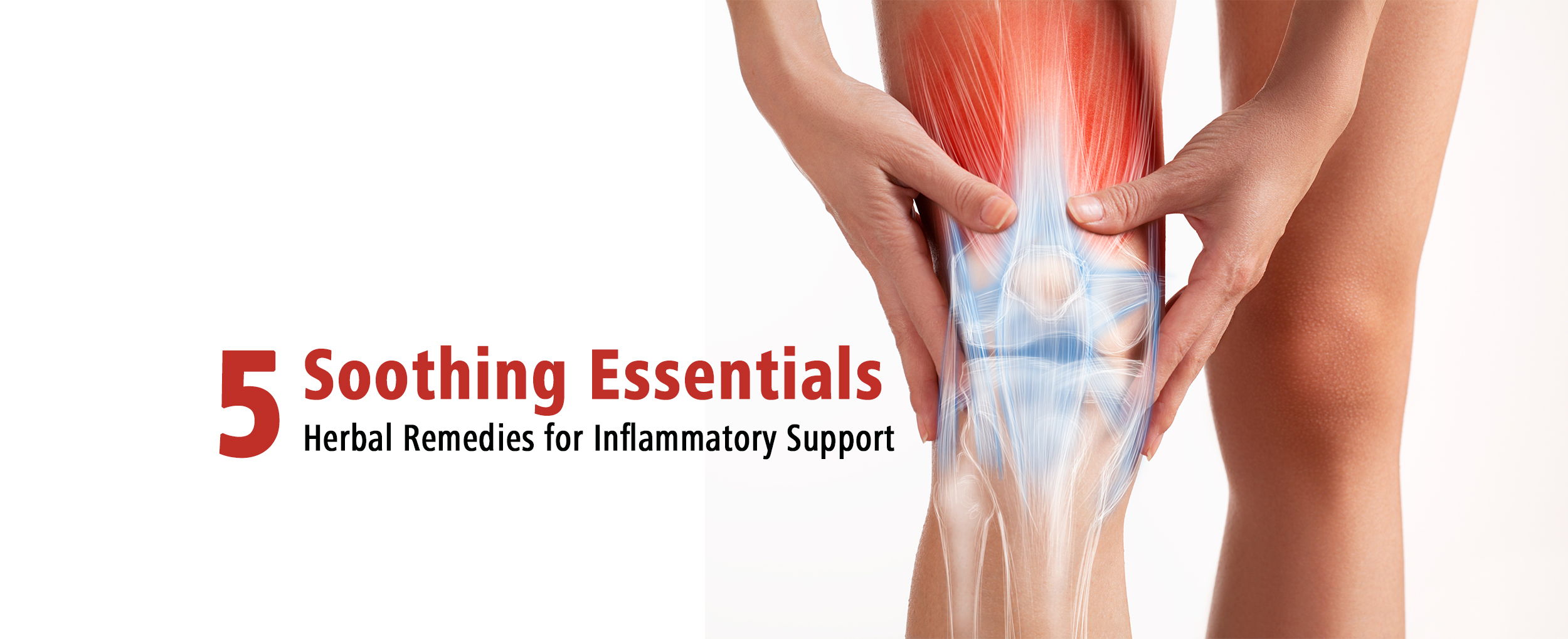Turmeric has a long medicinal, religious, and culinary history that spans thousands of years, particularly in Asia. Below are some of the well-documented historical uses of turmeric across different cultures and practices:
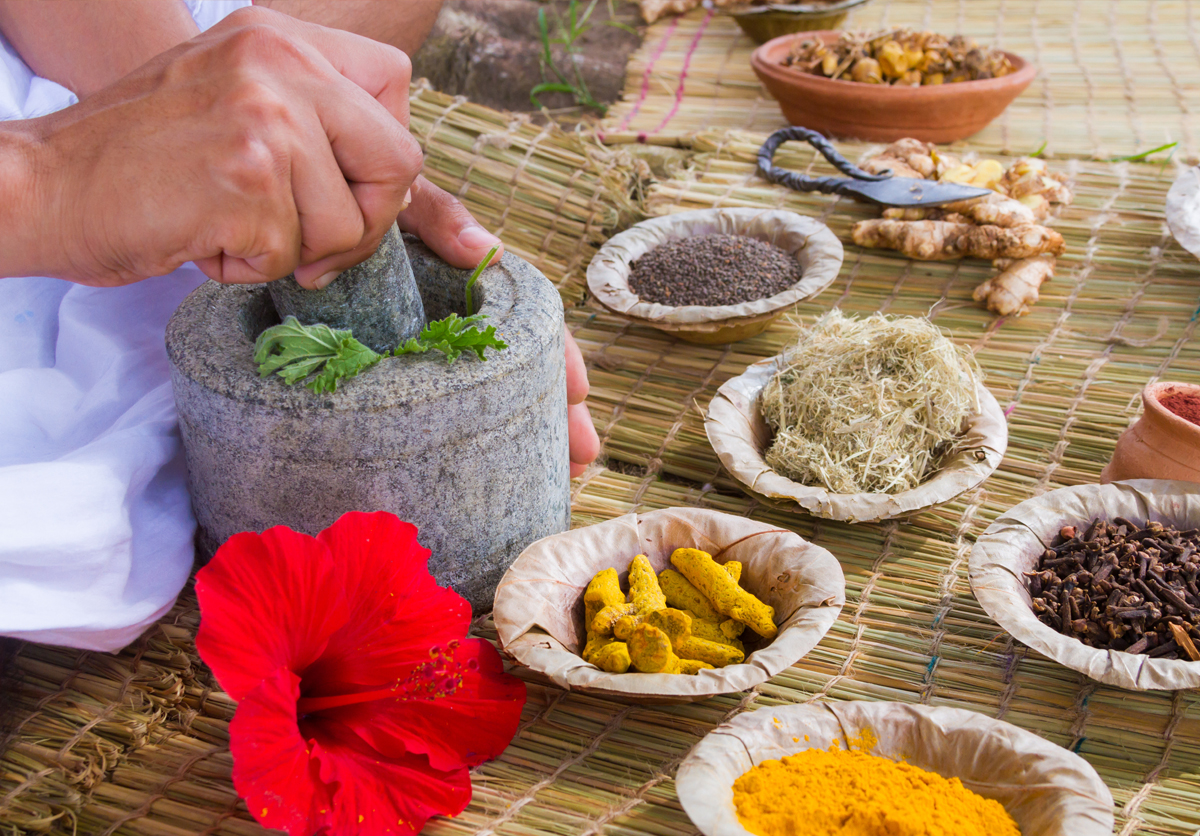
1. Ayurvedic Medicine (India)
- Anti-inflammatory and Digestive Aid: In Ayurvedic medicine, which dates back over 3,000 years, turmeric was (and still is) used as a treatment for various ailments, particularly digestive disorders. It was known to balance the three doshas (Vata, Pitta, and Kapha) and was used to alleviate conditions like indigestion, bloating, and gas. Additionally, its anti-inflammatory properties made it useful for treating joint pain, wounds, and skin conditions.
- Blood Purifier: Turmeric was believed to purify the blood and promote good circulation. It was often used in tonics to improve liver function, cleanse the blood, and detoxify the body.
- Skin Health: Turmeric was applied topically in paste form to treat skin conditions, promote wound healing, and as a natural antiseptic for cuts and burns. Its use in cosmetic treatments, such as face masks, remains popular today to improve skin tone and reduce acne.
2. Traditional Chinese Medicine (TCM)
- Pain and Inflammation: Turmeric was used in Traditional Chinese Medicine to relieve pain, particularly joint pain, and reduce inflammation. It was also used to improve blood circulation and treat menstrual pain.
- Digestive Health: Similar to its use in Ayurveda, turmeric was used in TCM to treat digestive issues such as bloating, stomach pain, and loss of appetite. It was also believed to stimulate the flow of qi (energy) and resolve blood stagnation, a condition associated with pain and poor circulation.

3. Religious and Cultural Uses (India and Southeast Asia)
- Ceremonial Use: In Hinduism, turmeric has been used for centuries in religious and cultural ceremonies. It is considered sacred and symbolizes purity, fertility, and prosperity. For example, turmeric paste is often applied to brides and grooms in Hindu wedding ceremonies as part of a ritual known as the “haldi ceremony” to bless them with good fortune and protect them from evil spirits.
- Dyeing and Symbolism: Turmeric was historically used as a natural dye for clothing and fabrics. The yellow color of turmeric was symbolic of purity and sacredness in many religious contexts. It was often used to dye the robes of monks in Southeast Asia and India.
- Spiritual Cleansing: Turmeric was also used in various rituals as a means of warding off evil and purifying spaces or individuals, including during the worship of deities and in rituals meant to cleanse the body and mind.
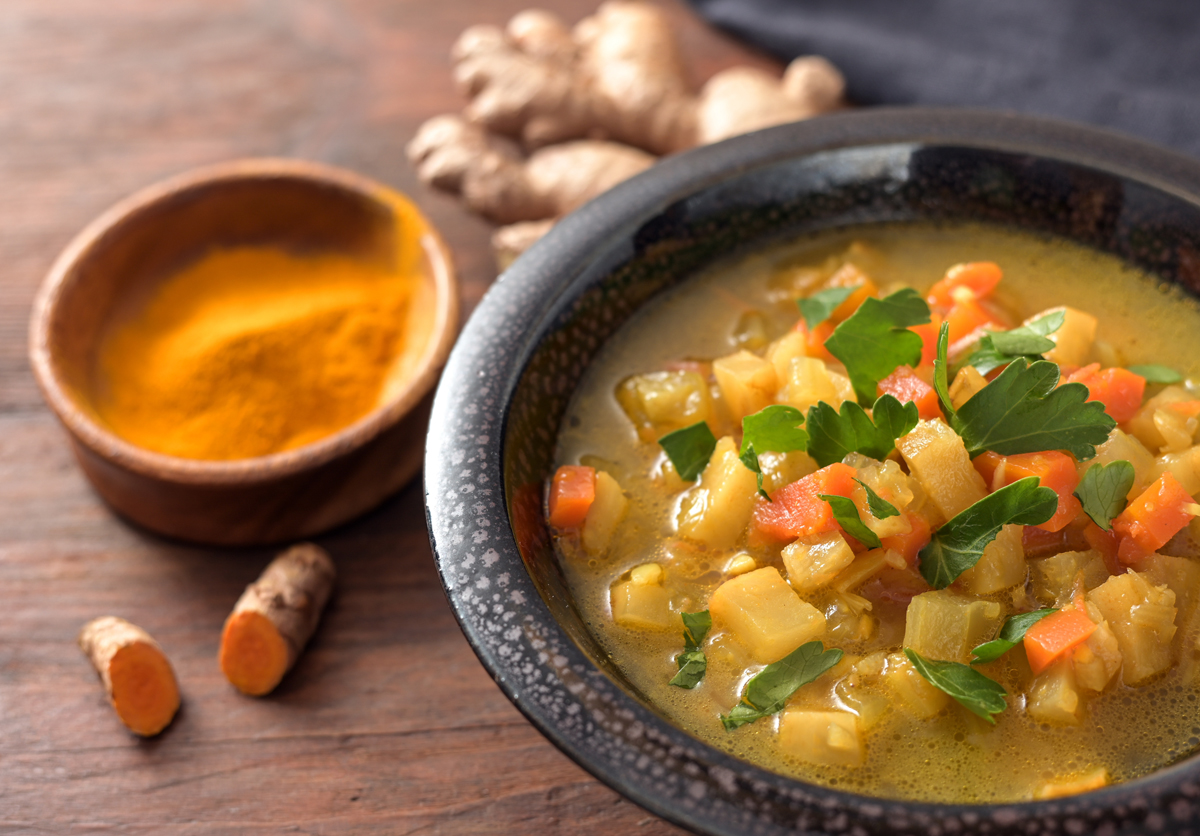
4. Culinary Uses (South Asia and Middle East)
- Spice in Cooking: Turmeric has been used for thousands of years in South Asian and Middle Eastern cuisines. It is a key ingredient in curries, stews, and rice dishes, adding flavor, color, and nutritional benefits. Historically, its antimicrobial properties were also valued for preserving food.
- Fermented and Pickled Foods: In parts of Southeast Asia, turmeric was used in the fermentation and pickling of vegetables, as it could extend the shelf life and impart a distinct color and flavor.
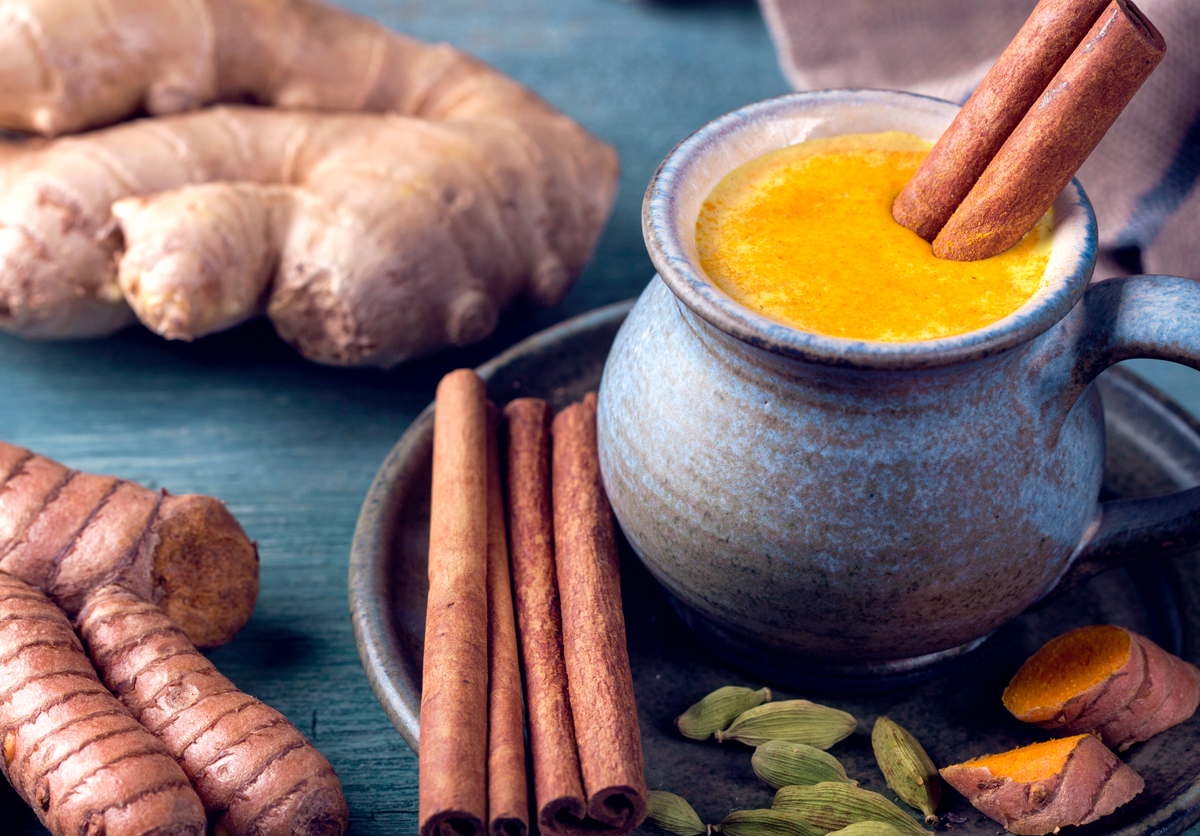
5. Siddha Medicine (India)
- Cold and Respiratory Health: In Siddha medicine, a traditional system from Southern India, turmeric was widely used to treat colds, coughs, and respiratory infections. The practice of mixing turmeric with milk or honey (often referred to as “golden milk”) originated here and was believed to boost immunity and relieve respiratory symptoms.
- Antibacterial Properties: Turmeric was applied to wounds and cuts as an antiseptic to prevent infection, capitalizing on its antimicrobial and anti-inflammatory properties.
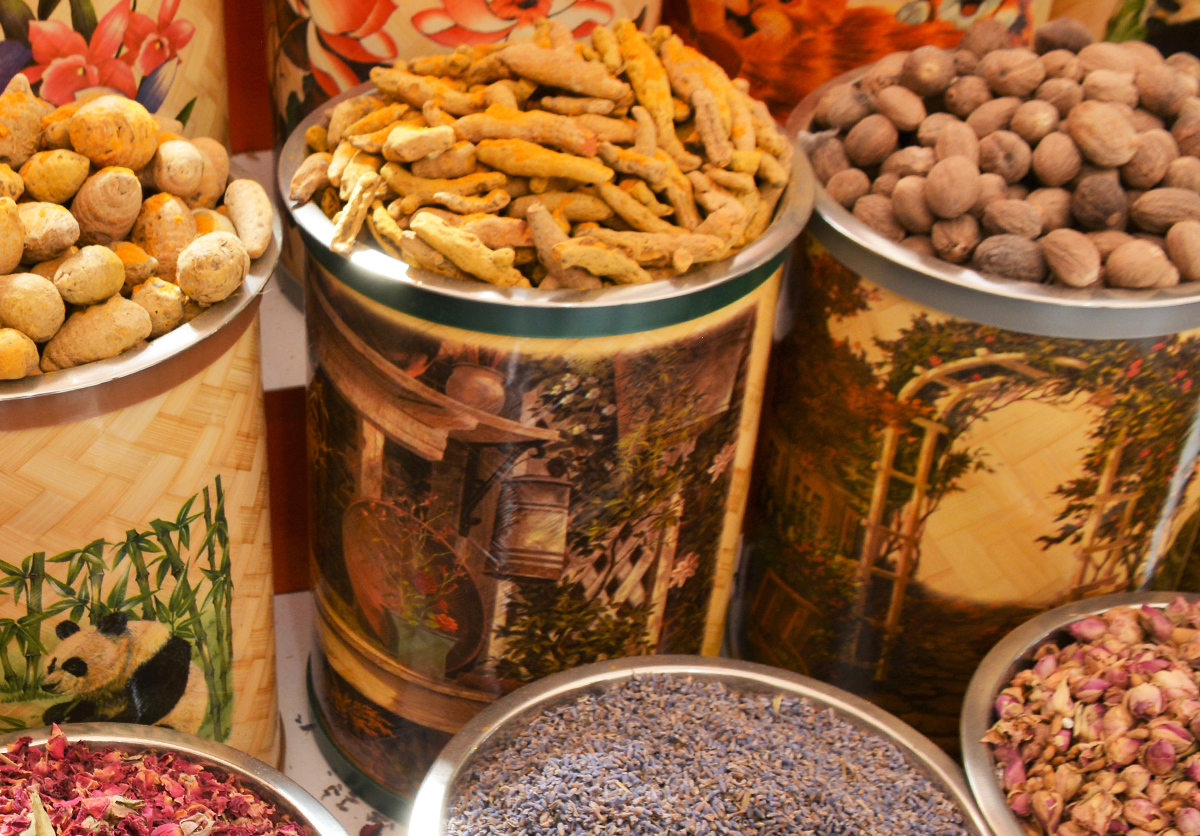
6. Middle Eastern Traditional Medicine
- Liver Health and Jaundice: In Persian medicine, turmeric was used to treat jaundice and other liver-related conditions. It was believed to enhance liver function and stimulate bile production, which helped detoxify the body and improve digestion.
- Aphrodisiac and Fertility: In some Middle Eastern traditions, turmeric was used as an aphrodisiac and a tonic to improve reproductive health, believed to enhance fertility and sexual vitality.
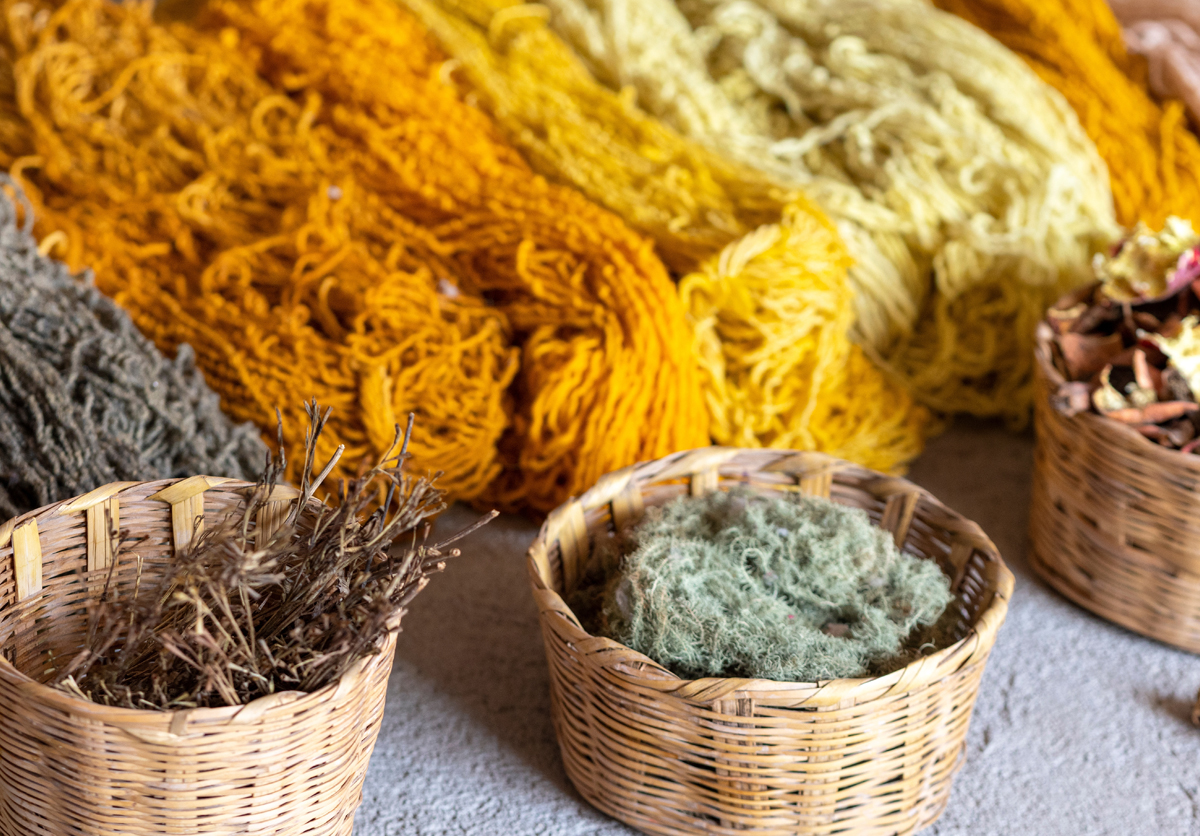
7. Medieval Europe
- Exotic Spice and Dye: Turmeric was introduced to Europe via the spice trade routes. While it wasn’t commonly used in European medieval medicine, it was highly prized as an exotic spice and occasionally used as a cheaper substitute for saffron. It was also used in dyeing textiles, especially in the dyeing of robes and fabrics for religious purposes.
- Medicinal Use: Some early European herbalists documented the use of turmeric in treating a range of conditions, from jaundice and liver disorders to skin diseases, although its medicinal use wasn’t as widespread as in Asia.
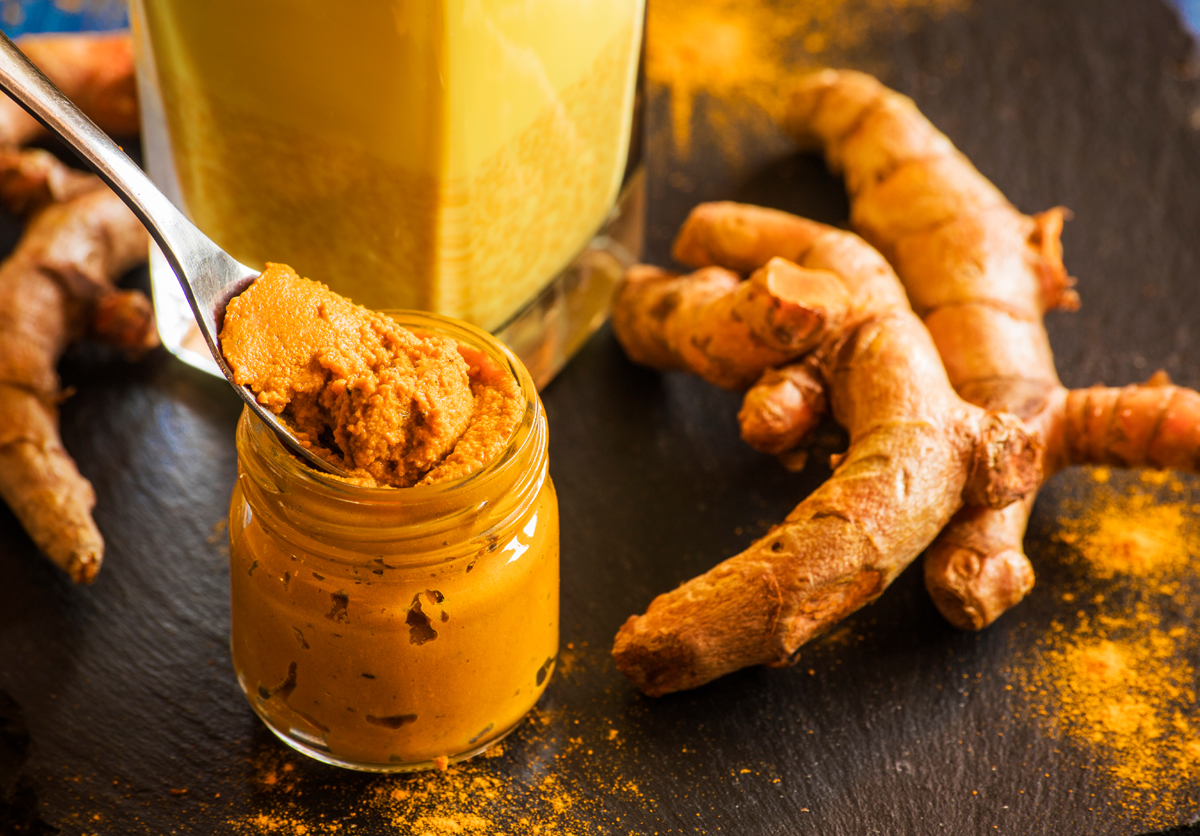
8. African Traditional Medicine
- Skin Conditions and Wound Healing: In some African cultures, turmeric was used as a natural remedy for skin conditions, burns, and infections. It was applied topically as a paste to treat eczema, acne, and minor wounds, utilizing its antibacterial and anti-inflammatory properties.
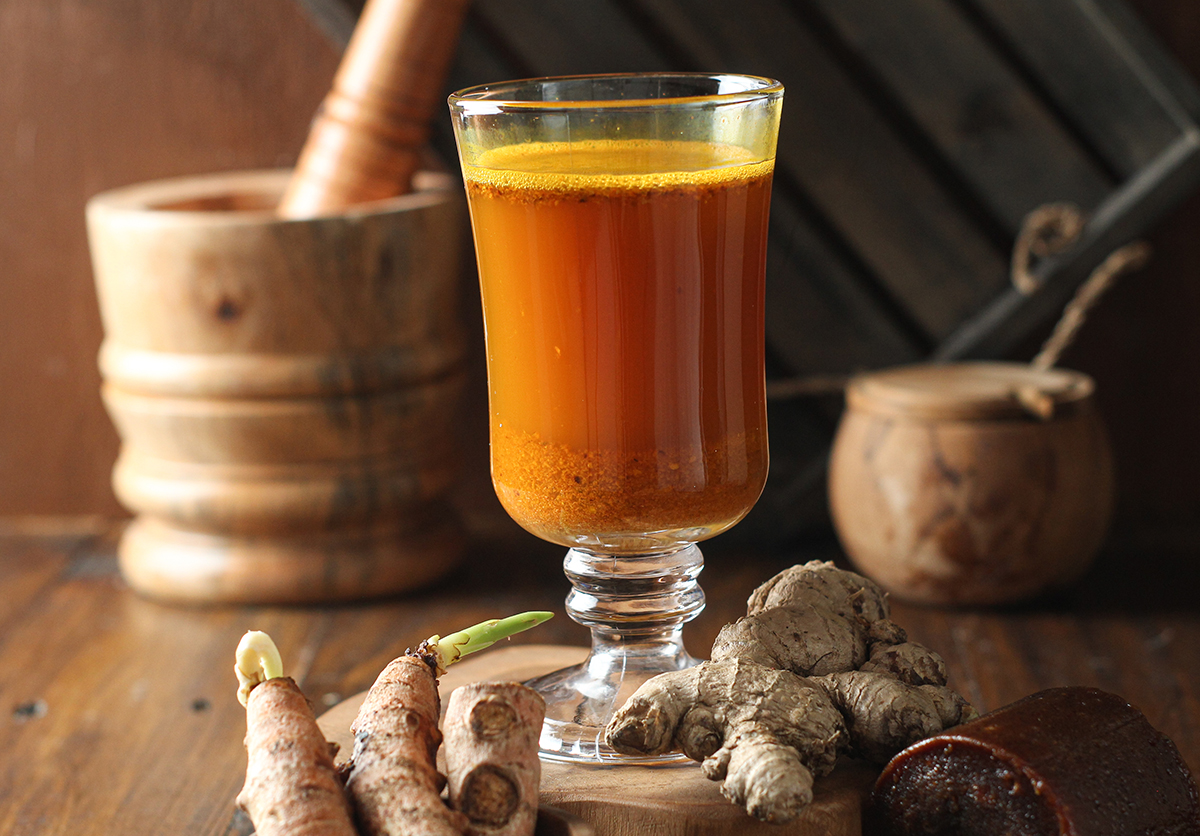
9. Southeast Asia
- Postpartum Care: In many Southeast Asian cultures, turmeric was used in postnatal care for women. New mothers were often given turmeric-based tonics to promote healing, reduce inflammation, and restore energy. This practice is still followed in some parts of Indonesia, Malaysia, and Thailand.
- Digestive and Liver Health: Turmeric tonics were commonly consumed to enhance digestion and improve liver function, treating conditions like indigestion, jaundice, and liver inflammation.
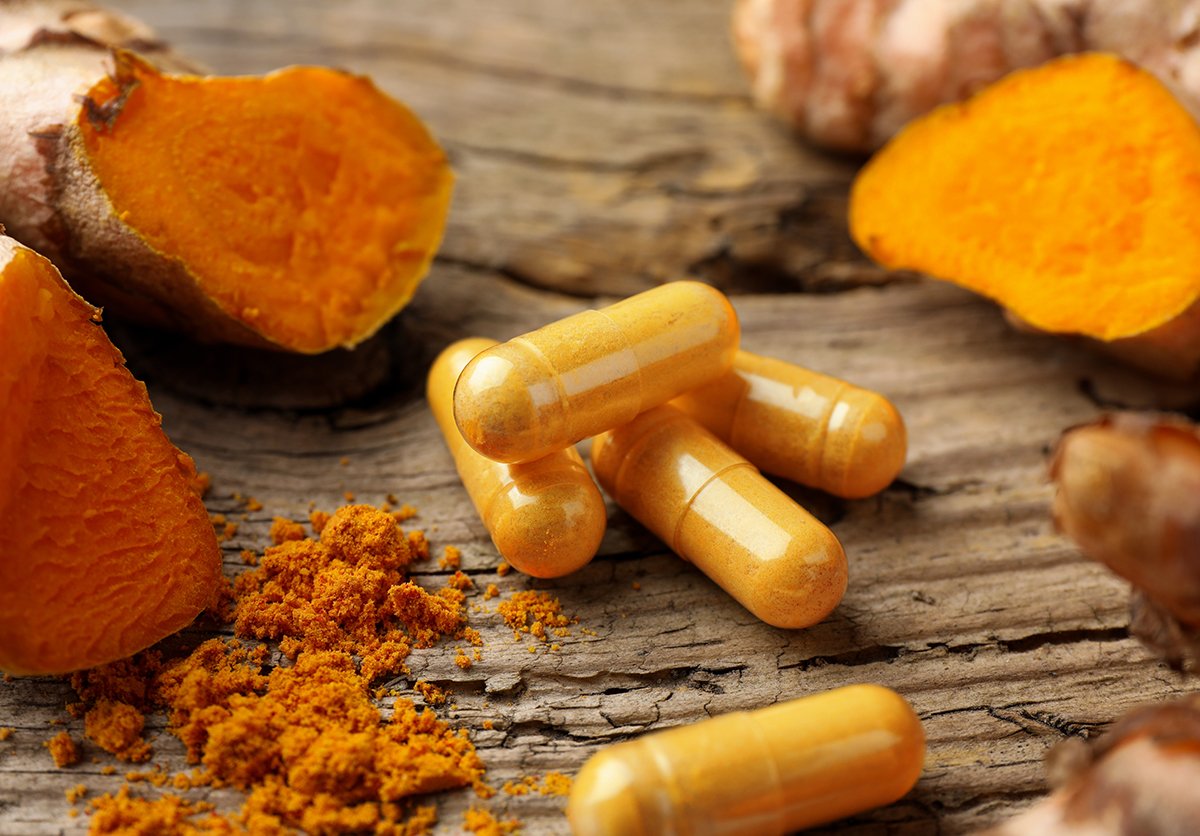
10. Turmeric in Western Medicine
- Introduction in the West: By the 20th century, turmeric began gaining attention in the West for its medicinal properties. Western herbalists and researchers started to investigate curcumin, the active compound in turmeric, for its potential with inflammatory diseases, cancer, and neurodegenerative conditions. Today, turmeric is commonly used in natural and integrative medicine for a variety of health needs.
Explore our trending products:
-
Herbal-zzZs – Melatonin-Free Sleep Support
$31.99 — or Original price was: $31.99.$27.19Current price is: $27.19. / month Add to cart -
Black Seed-Plus Capsules
$29.99 — or Original price was: $29.99.$25.49Current price is: $25.49. / month Select options This product has multiple variants. The options may be chosen on the product page -
Purely-C Whole Food Vitamin C Complex
$37.99 — or Original price was: $37.99.$32.29Current price is: $32.29. / month Select options This product has multiple variants. The options may be chosen on the product page -
PurelyMin Magnesium Complex
$39.99 — or Original price was: $39.99.$37.99Current price is: $37.99. / month Add to cart

